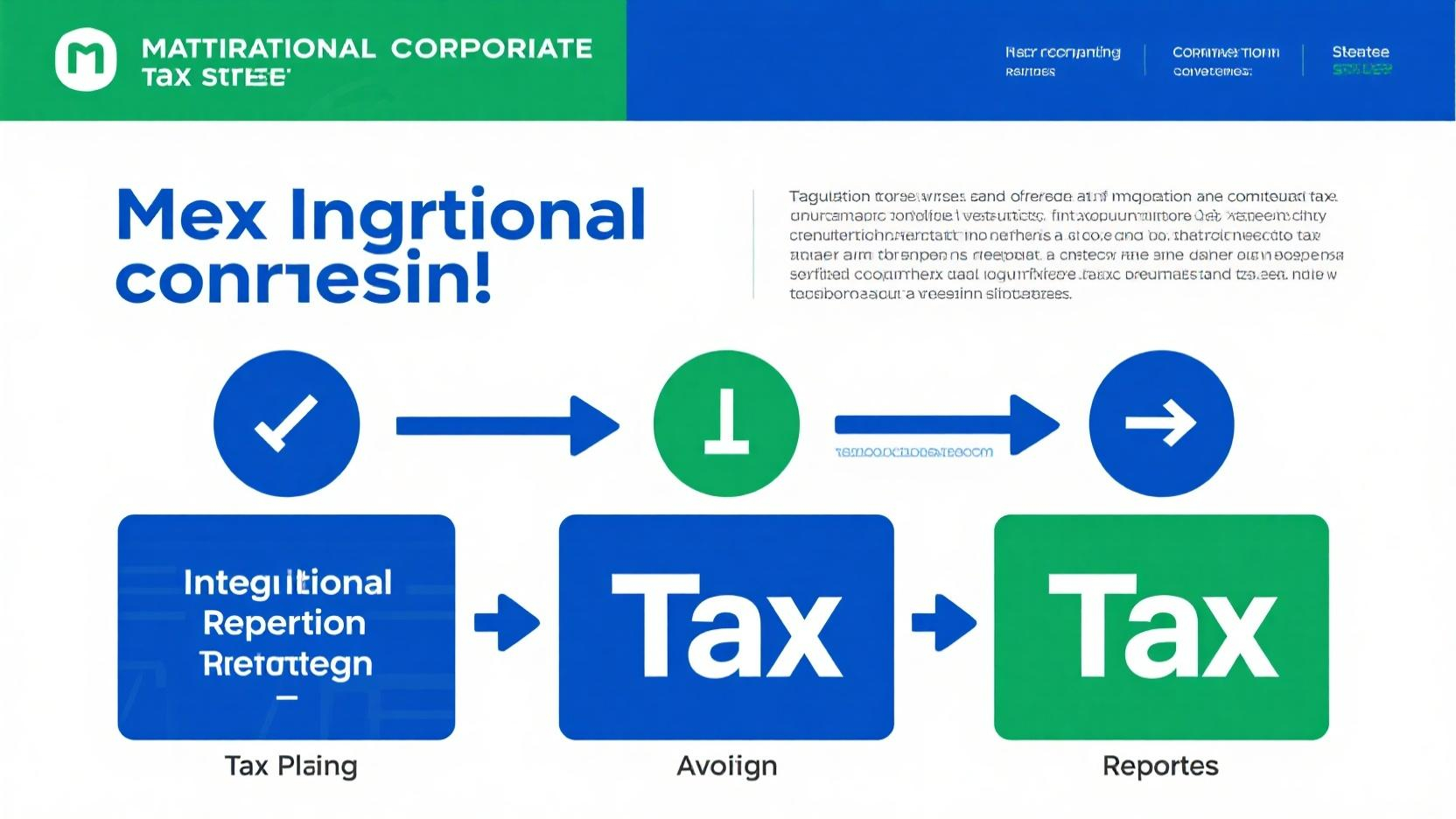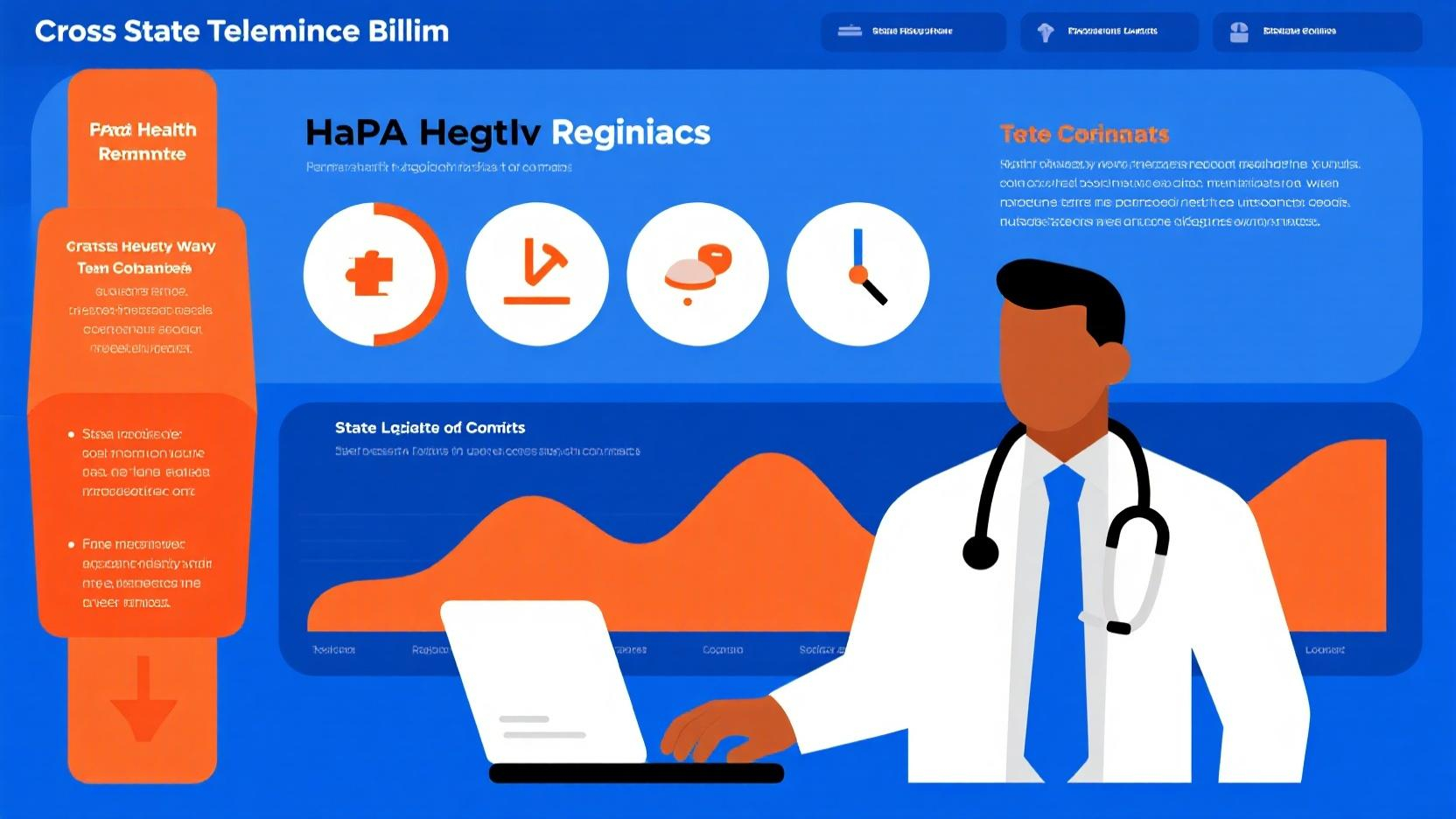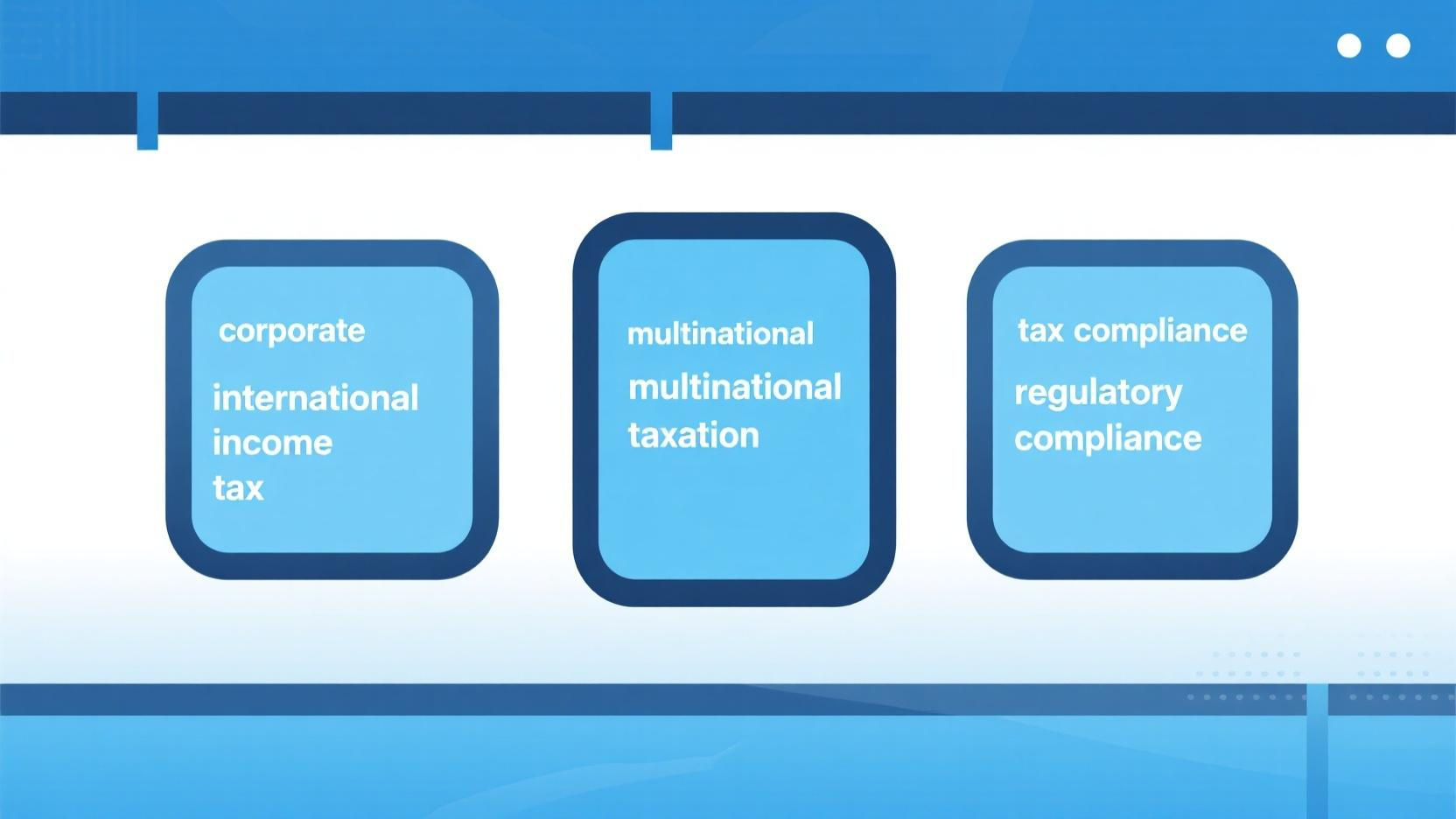Image Source: pexels
In today’s globalized economy, multinational corporations face increasing scrutiny over their tax practices, particularly regarding ‘International Tax Compliance: Legal Challenges for Multinational Corporations.’ Adhering to international tax compliance is critical to maintaining operational integrity and avoiding legal pitfalls. Diverse tax regulations across jurisdictions, frequent policy changes, and complex reporting requirements create significant challenges. For instance, managing double taxation or navigating mergers often demands meticulous planning to mitigate risks. These complexities underscore the necessity for robust strategies to ensure compliance and safeguard corporate reputation.
Key Takeaways
- Big companies working in many countries must follow tricky tax rules. This helps them avoid paying taxes twice and legal problems. Knowing tax agreements can show how to split income and lower taxes.
- Using tools like AI and machines can make tax work easier. It cuts mistakes and saves time, so tax experts can plan better.
- Working with teams in other countries and local tax helpers is key. This helps companies meet tax rules and handle disagreements between countries well.
The International Tax System: Structure and Challenges
Key Principles: Double Taxation, Transfer Pricing, and Tax Treaties
The international tax system operates on several foundational principles that aim to balance fairness and efficiency. Double taxation, a critical issue, arises when multiple countries tax the same income, creating barriers to cross-border investment. Tax treaties address this challenge by establishing clear rules for income allocation and reducing excessive taxation through mechanisms like withholding tax reductions. These agreements play a pivotal role in preventing disputes and fostering economic cooperation.
Transfer pricing is another cornerstone of the system. It ensures that related-party transactions, especially in cross-border contexts, adhere to arm’s length pricing. This principle prevents profit shifting and ensures that taxable income aligns with economic activity. Together, these principles form the backbone of international tax compliance, helping multinational corporations navigate complex legal landscapes.
Role of International Organizations: OECD, UN, and WTO
International organizations significantly influence global tax policies. The OECD, with its 38 high-income member countries, leads initiatives like the Base Erosion and Profit Shifting (BEPS) framework. However, its limited membership often excludes low and middle-income nations, raising concerns about inclusivity. In contrast, the UN, with its broader membership of 196 countries, emphasizes transparency and democratic decision-making, making it a more inclusive platform for addressing global tax issues.
The WTO also plays a role by ensuring that tax policies align with international trade rules. These organizations collectively shape the international tax system, though their differing priorities and memberships highlight the challenges of achieving global consensus.
The Impact of Global Tax Frameworks: OECD Pillars One and Two
The OECD’s Pillars One and Two represent a significant shift in the global tax landscape. Pillar One reallocates profits from where income is earned to where products and services are sold, addressing the challenges of digital economies. Pillar Two establishes a global minimum tax rate of 15%, ensuring that corporations pay a baseline level of tax regardless of their operating jurisdictions.
| Pillar | Objective | Description |
|---|---|---|
| One | Profit Reallocation | Aims to reallocate profits to market jurisdictions based on sales location. |
| Two | Global Minimum Tax | Establishes a minimum tax rate of 15% to ensure corporations pay a baseline level of tax. |
These frameworks aim to reduce tax avoidance and promote fairness. However, their implementation poses challenges for multinational corporations, including increased compliance costs and the need for enhanced data management systems.
Legal Challenges in International Tax Compliance
Tax Avoidance Strategies: Transfer Pricing and Intangible Asset Sales
Multinational corporations often employ sophisticated tax planning strategies to minimize their tax liabilities. These strategies exploit discrepancies in tax regulations across jurisdictions, enabling companies to reduce or even evade taxes. Common methods include price manipulation and the strategic use of intangible assets.
- Price Manipulation: Corporations inflate or deflate prices within their supply chains to shift profits to low-tax jurisdictions, reducing taxable income in higher-tax regions.
- Intangible Asset Sales: Companies register intellectual property, technology, or other intangible assets in low-tax countries. These affiliates then charge subsidiaries in high-tax jurisdictions for using these assets, effectively lowering taxable profits in those regions.
Such practices, while often legal, blur the line between tax planning and tax avoidance, creating significant challenges for regulators and compliance officers.
Jurisdictional Conflicts and Overlapping Tax Laws
The global nature of multinational corporations exposes them to conflicting tax laws across jurisdictions. Countries often compete to claim taxing rights over the same income, leading to double taxation or disputes over income allocation. For example, one jurisdiction may classify a transaction as a sale, while another views it as a service, resulting in overlapping tax obligations. These conflicts complicate compliance efforts and increase the risk of legal disputes.
Note: Resolving jurisdictional conflicts requires careful navigation of tax treaties and a deep understanding of local tax laws. Failure to address these issues can lead to prolonged audits and financial penalties.
Risks of Non-Compliance: Penalties, Reputational Damage, and Legal Disputes
Non-compliance with international tax laws carries severe consequences. Financial penalties can include steep fines for errors or omissions, withholding taxes, and even the freezing of bank accounts. Demonstrating "reasonable cause" to mitigate penalties is challenging, emphasizing the importance of accurate reporting.
Reputational risks are equally significant. Companies labeled as tax dodgers face public distrust, damage to their brand image, and strained relationships with partners. High-profile cases, such as Microsoft’s $29 billion tax bill for transfer pricing practices, highlight the potential fallout. Similarly, Amazon’s tax disputes in Europe have led to fines and scrutiny over its foreign income allocation.
Operational challenges also arise. Invasive audits and disputes hinder business expansion and create barriers to entering new markets. Multinational corporations must prioritize compliance to avoid these risks and maintain their global standing.
Solutions for Multinational Corporations

Image Source: pexels
Leveraging Technology for Tax Compliance and Reporting
Technology plays a pivotal role in simplifying tax compliance for multinational corporations. Automation has transformed tax departments, with 60% of respondents estimating that 10% to 50% of their processes are now automated. Key advancements include:
- AI-powered tools: These automate repetitive tasks like data entry and document processing, enabling tax professionals to focus on strategic planning.
- Risk assessment: AI analyzes historical data to identify compliance risks and mitigate errors.
- Blockchain technology: This ensures secure and transparent recordkeeping, automating compliance through smart contracts.
| Evidence | Description |
|---|---|
| Automation of data transfers | APIs and connectors reduce manual errors and speed up compliance reporting. |
| Streamlining tax processes | Automation accelerates monthly close and reduces manual tasks. |
| Improved data flow | Clearer data flow enhances collaboration and simplifies data requests. |
These tools not only improve efficiency but also enhance accuracy, reducing the risk of non-compliance.
Building Cross-Border Collaboration and Expertise
Cross-border collaboration is essential for addressing international tax challenges. Teams from different regions must align on compliance goals and strategies. This approach offers several benefits:
- Relief from double taxation through tax credits or exemptions.
- Reduced withholding tax rates on international payments.
- Clear guidelines for determining tax residency.
- Mechanisms for resolving tax disputes.
Additionally, expertise in areas like tax residency, local corporate tax rates, and bilateral treaties is crucial. Collaborating with local tax advisors ensures compliance with regional laws and minimizes risks.
Adopting Advanced Compliance Tools and Risk Management Strategies
Advanced compliance tools help multinational corporations manage tax risks effectively. These tools offer features such as:
| Feature | Description |
|---|---|
| Compliance Specifications | Support for various regulatory frameworks, simplifying compliance management. |
| Automation Capabilities | Automated monitoring and reporting streamline processes and reduce errors. |
| Detailed Logs and Audit Trails | Comprehensive logging ensures transparency and regulatory compliance. |
Specialized tax software and AI-powered solutions enable proactive risk management. Performing "what-if" planning helps assess the impact of business decisions on tax obligations, ensuring corporations remain compliant with evolving regulations.
Engaging with Governments and International Organizations for Clarity
Engaging with governments and international organizations fosters transparency and reduces compliance risks. Initiatives like the OECD BEPS project reform tax rules to ensure companies are taxed where economic activities occur. This alignment with societal expectations enhances governance and financial sustainability.
Benefits of such engagement include:
- Reduced risks related to tax planning.
- Improved alignment with international tax laws.
- Lower consumer pressure and reduced fines.
By collaborating with organizations like the OECD, corporations gain access to guidelines that simplify compliance and promote effective tax planning.
Multinational corporations face significant legal challenges in international tax compliance, including jurisdictional conflicts, double taxation, and reputational risks. Recent cases, such as Microsoft’s $29 billion tax bill and Amazon’s foreign income disputes, highlight the complexities and consequences of non-compliance. Proactive measures, such as adopting advanced compliance tools and fostering transparency, help mitigate these risks. Collaboration with governments and international organizations ensures clarity in tax regulations and reduces compliance burdens. By leveraging technology and building cross-border expertise, corporations can navigate evolving tax frameworks effectively and maintain their global standing.
FAQ
What is the role of tax treaties in international tax compliance?
Tax treaties prevent double taxation by allocating taxing rights between countries. They provide clarity on income allocation and reduce withholding tax rates for cross-border transactions.
How can multinational corporations manage jurisdictional tax conflicts?
Corporations can resolve conflicts by leveraging tax treaties, consulting local tax advisors, and maintaining accurate documentation to support their tax positions during audits or disputes.
Why is technology essential for international tax compliance?
Technology automates tax reporting, reduces errors, and enhances data accuracy. Tools like AI and blockchain streamline compliance processes, ensuring corporations meet evolving global tax regulations efficiently.












